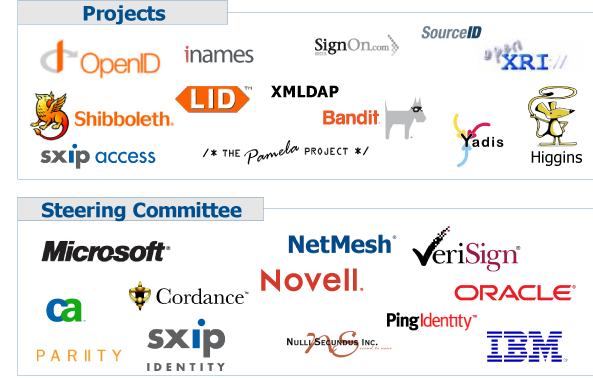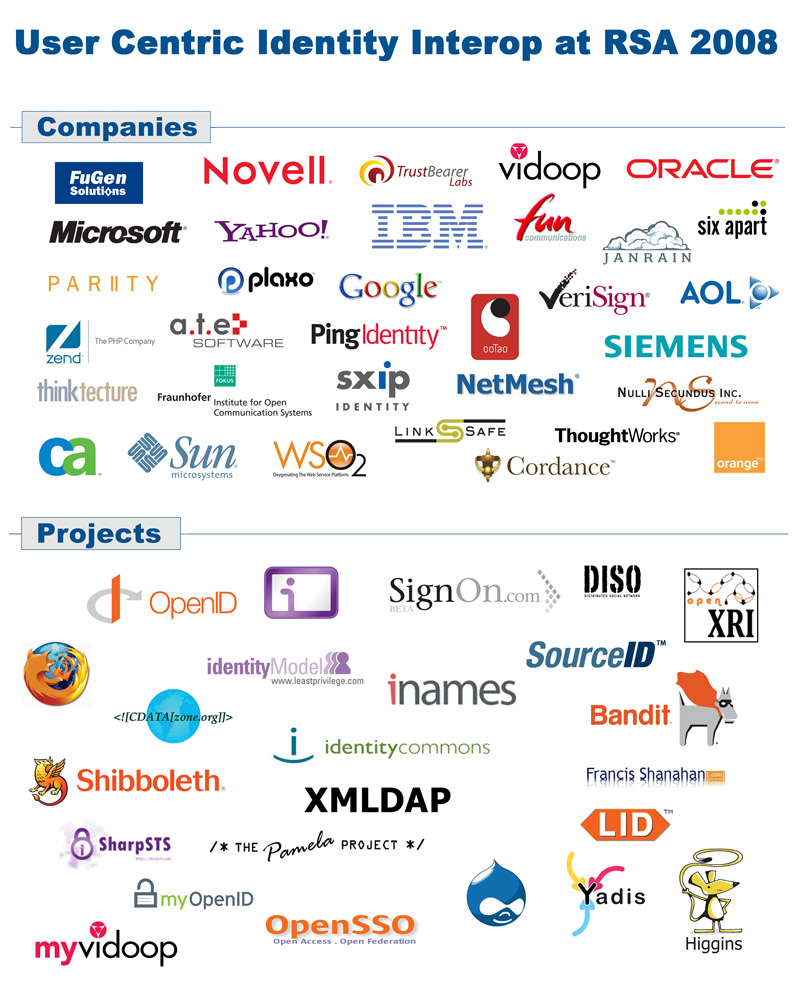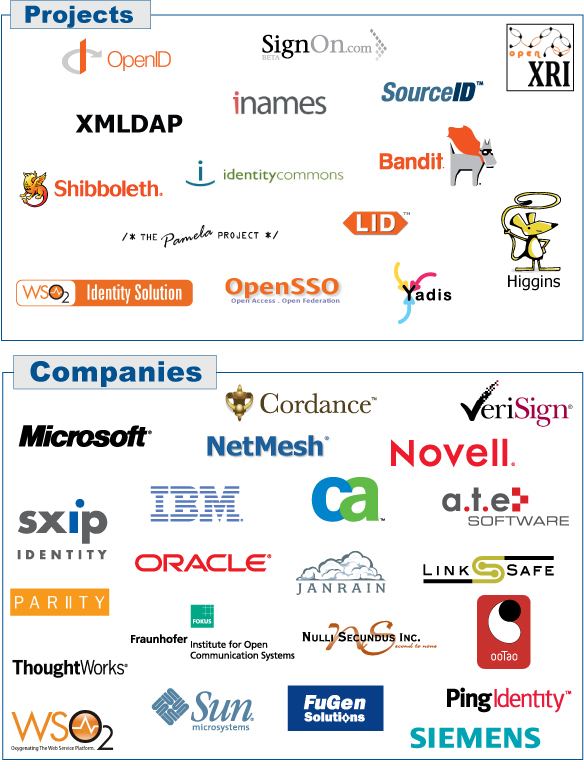
I’ve been waiting to write about the user-centric identity interop at the Burton Group Catalyst conference until the Burton Group report about the event was published. Now it’s here!
At the interop we demonstrated interoperability between 7 Identity Selectors, 11 Identity Providers, and 25 Relying Parties. As Bob Blakley wrote:
The interop event was a milestone in the maturation of user-centric identity technology. Prior to the event, there were some specifications, one commercial product, and a number of open-source projects. After the event, it can accurately be said that there is a running identity metasystem.
The full report includes a list of participants and the software they brought to the table, an overview of the results achieved, as well as the issues identified through the interop. See Bob’s post for all the details!
The report also includes thank-yous, to which I’d like to make some additions: Thanks are due to Jamie Lewis, Gerry Gebel, and Bob Blakley of the Burton Group for sharing our vision for this interop, striving to make it the best that it could be, and tirelessly working the details until it came true. You truly helped the industry to come together in a valuable and significant way.
Also, while I appreciate Bob’s thanks for the work I put into the Open Specification Promise, there were many believers in and drivers of this important work at Microsoft besides myself, both from the Law and Corporate Affairs team and from the Federated Identity product group. This was truly a team effort.
I’m also happy to report that there will be a follow-on interop in Europe at the Catalyst conference in Barcelona, October 22-25, which will hopefully include even more participants and scenarios, including more multi-protocol interoperation proof points. Hope to see you there!




